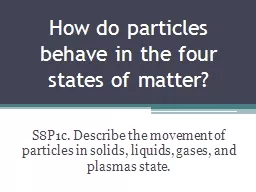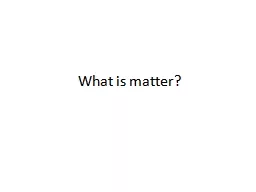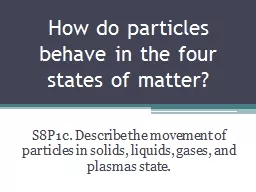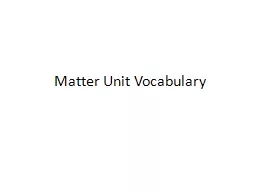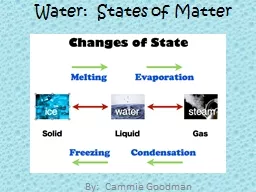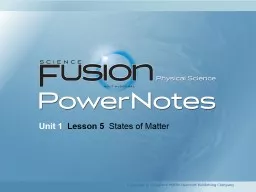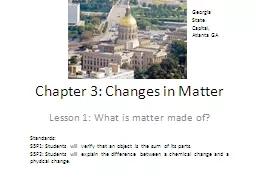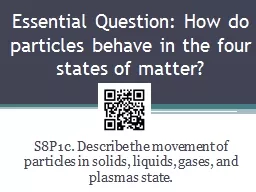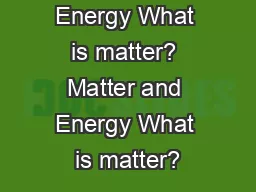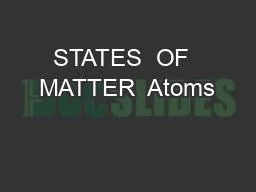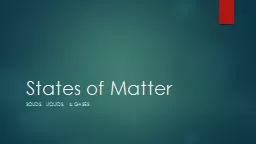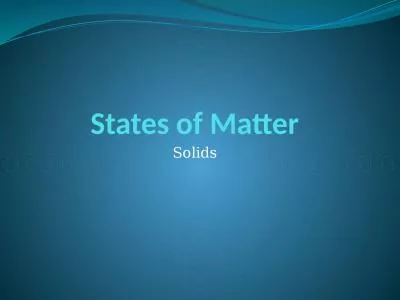PPT-How do particles behave in the four states of matter?
Author : natalia-silvester | Published Date : 2016-05-28
S8P1c Describe the movement of particles in solids liquids gases and plasmas state Activating Strategy Watch the first 3 3 ½ minutes of the video below Ask students
Presentation Embed Code
Download Presentation
Download Presentation The PPT/PDF document "How do particles behave in the four stat..." is the property of its rightful owner. Permission is granted to download and print the materials on this website for personal, non-commercial use only, and to display it on your personal computer provided you do not modify the materials and that you retain all copyright notices contained in the materials. By downloading content from our website, you accept the terms of this agreement.
How do particles behave in the four states of matter?: Transcript
Download Rules Of Document
"How do particles behave in the four states of matter?"The content belongs to its owner. You may download and print it for personal use, without modification, and keep all copyright notices. By downloading, you agree to these terms.
Related Documents

